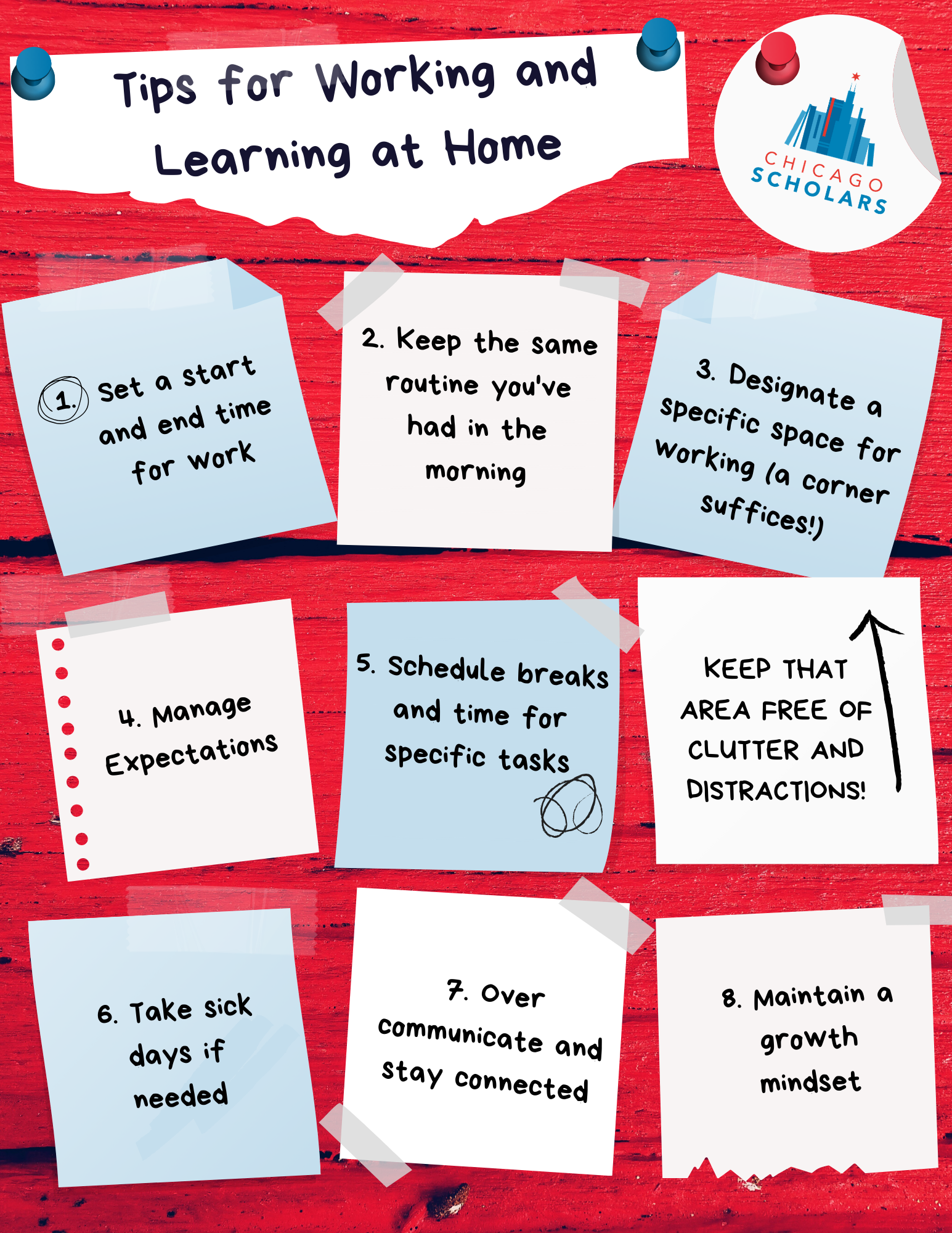Landing His Dream Job: An Interview with Malcolm Fox
After months of networking, follow-ups, job shadowing, and patience, Malcolm Fox was recently hired by the McDonald’s Corporation, landing what he states is his dream job. Malcolm is a Chicago Scholar and a Cubs Scholar, and is a senior at Howard University. We had the opportunity to talk to Malcolm over email about what it took to reach this point in his career.
What is your official title, and when will you start?
I am joining McDonald’s Corporation as an Operations Associate. I was assigned to the Denver, Colorado, Field Office, and I will be starting in August 2021, after graduating from Howard University.
What does it mean to you to get this job?
It means the world to me. I am a person who is heavily involved in the community so joining a company that not only supports that, but has similar goals to consistently make our world a better place is extremely exciting. I began working to put myself in position to receive this opportunity in February of 2018, so to see my dream come true has done nothing but motivate me to continue to aspire high. From working to raise my GPA a full point in two semesters, to countless emails sent to McDonald’s employees, I finally have my foot in the door, and I can’t wait to get started!
How did Chicago Scholars help you to land this position?
Back in 2018, I attended a Resume & Networking workshop while home for the holidays that was hosted by Chicago Scholars. At that workshop, I had the opportunity to connect with David Small, who happened to be a former employee of McDonald’s. After informing him of my plans to switch my major to Supply Chain Management, he informed me that he had a good friend who currently was one of the VP’s of the Supply Chain department at McDonald’s. He connected us via email, which eventually led to me being invited to a job shadowing at the McDonald’s Headquarters in Chicago. After being blown away during the job shadowing, I knew that McDonald’s was the company I wanted to join after graduating. I continued to connect and network with employees I met during the shadow, as well as with employees that would accept my request on LinkedIn, which ultimately led me to where I am today!
What advice do you have to give to Scholars about landing your dream job at the McDonald’s Corporation?
I have multiple pieces of advice that I believed helped me land this position.
-
Strive High – Initially, I was under the impression that it would be too hard to land a position at McDonald’s. I had limited job experience, a non-competitive GPA, and didn’t know exactly what career path I wanted to take. Through countless prayers, talks with mentors, and dedication, I was able to raise my GPA a full point, add two job experiences to strengthen my resume, launch a business (Gratitude Chicago), and mature in ways that ultimately prepared me to be able to accept this offer. If you want something, find out what you need to do in order to put yourself in the best position to receive it! Don’t settle for anything! If your goals seem too easy, then you’re not striving as high as you can.
-
Fix your Focus – If you want to get somewhere you’ve never been, you’re going to have to do something you’ve never done. For me, that included narrowing my focus to only the things that mattered (school, family, and work) and block out all distractions. You must remember that your focus determines your reality. With that understanding, you will put yourself in position to succeed!
-
Have an Effective Relationship with Your Mentors – I have countless number of mentors that I rely on. I have mentors that I go to for professional advice, encouraging words, etc. Mentors can be extremely effective and impactful on your future success. It is extremely beneficial to have a more experienced professional in your corner to give you advice and help you connect with others.
-
Attend the Workshops/Events Hosted by Chicago Scholars – I can humbly admit that during my freshman and sophomore years I got sidetracked. I was too focused on hanging out and enjoying my freedom away from home. With that being said, I wasn’t paying enough attention to the things that mattered. After a life-changing experience, I fixed my focus. My first step to refocusing myself was to attend the Resume & Networking event that was being hosted by Chicago Scholars. If I never attended this workshop, there’s a possibility that I wouldn’t be where I am today because I met the individual who offered me this job opportunity at that event. I share this to get you to understand not to make the same mistakes that I did and to take full advantage of the amazing opportunities that are afforded to you as a Chicago Scholar.

















